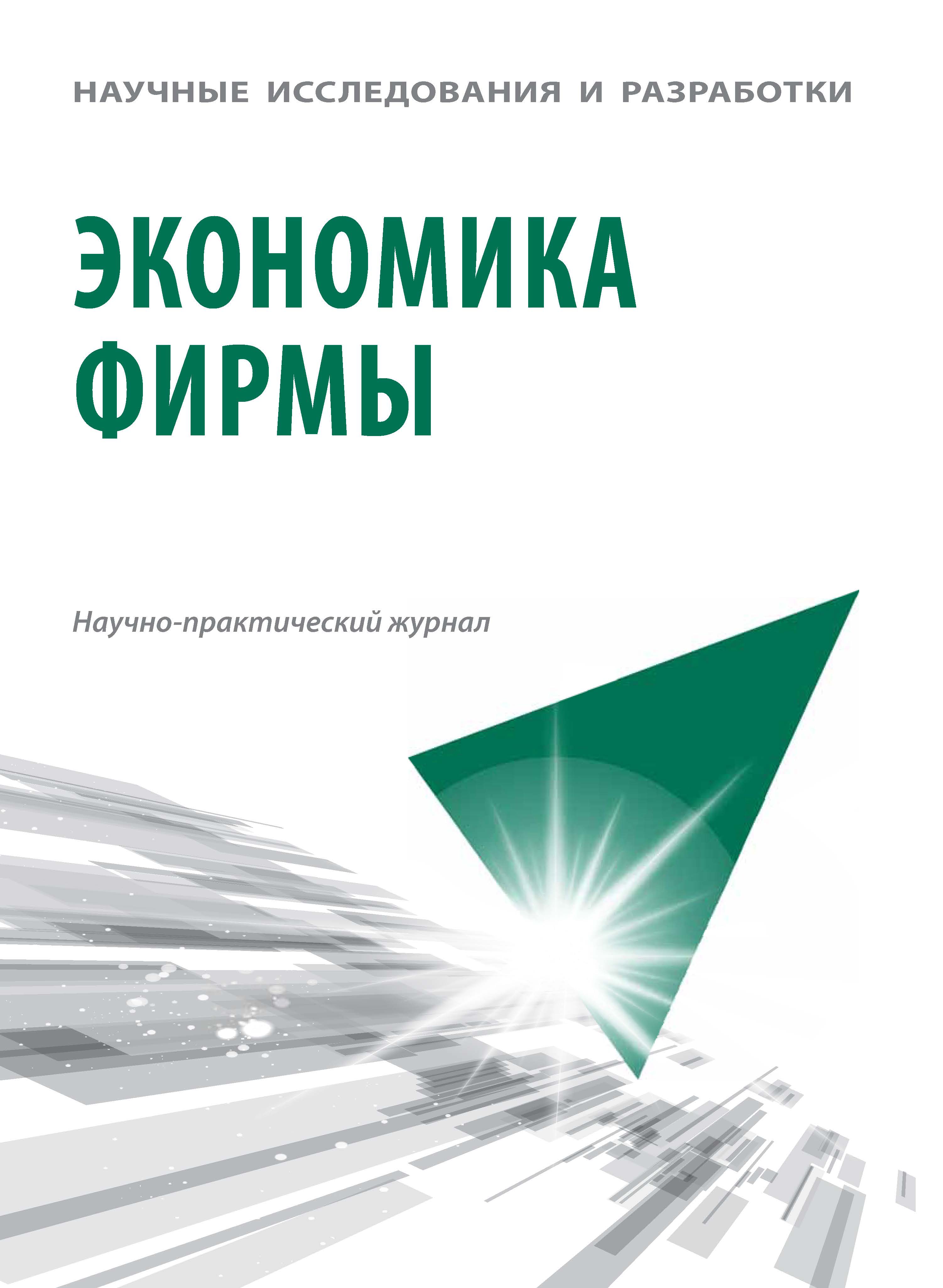Moskva, Moscow, Russian Federation
The article is devoted to issues related to the employment of Finnish citizens, as well as the processes of their retraining and integration. In this paper, various indicators are considered and analyzed both in the socio-economic context and in other spheres of Finnish life, such as education. In addition, important features that affect both the labor market and the entire economy of the country as a whole are highlighted. It is concluded that, despite its small population relative to Europe, limited natural resources and a number of economic difficulties, Finland trains some of the best specialists in various professional fields every year and pays special attention to the employment of its citizens.
employment system, labor market, economy, employment level, education, Finland
1. The Constitution of Finland [Electronic resource] // URL: https://www.finlex.fi/en/laki/kaannokset/1999/ru19990731_20111112.pdf (accessed 17.11.2022).
2. I. Kotlyarov.D. Non-standard forms of employment: positive, negative, neutral // Journal of Economic regulation. 2015. Vol. 6. No. 4. pp. 28-36. DOI:https://doi.org/10.17835/2078-5429.2015.6.4.028-036.
3. E. Maslova.B. State regulation of non-standard employment: a modern approach // Labor economics. 2018. Volume 5. No. 4. pp. 1059-1072. DOI:https://doi.org/10.18334/et.5.4.39607
4. Statistics Finland [Electronic resource] // URL: https://www.stat .fi / (accessed 17.11.2022).
5. Database of the Ministry of Justice of Finland [Electronic resource] // URL: www.finlex.fi (accessed 17.11.2022).
6. Finnish Occupational Safety Administration [Electronic resource] // URL: www.tyosuojelu .fi (accessed 17.11.2022).






